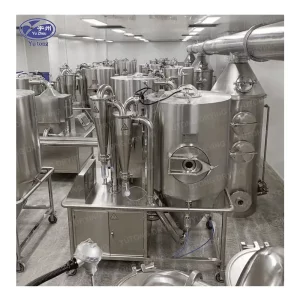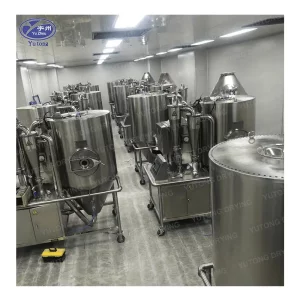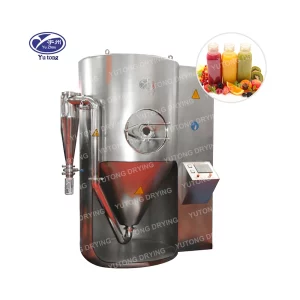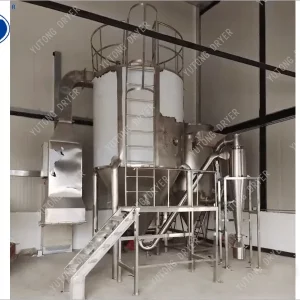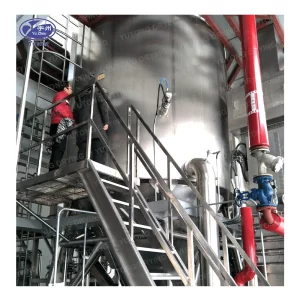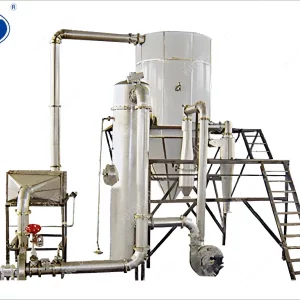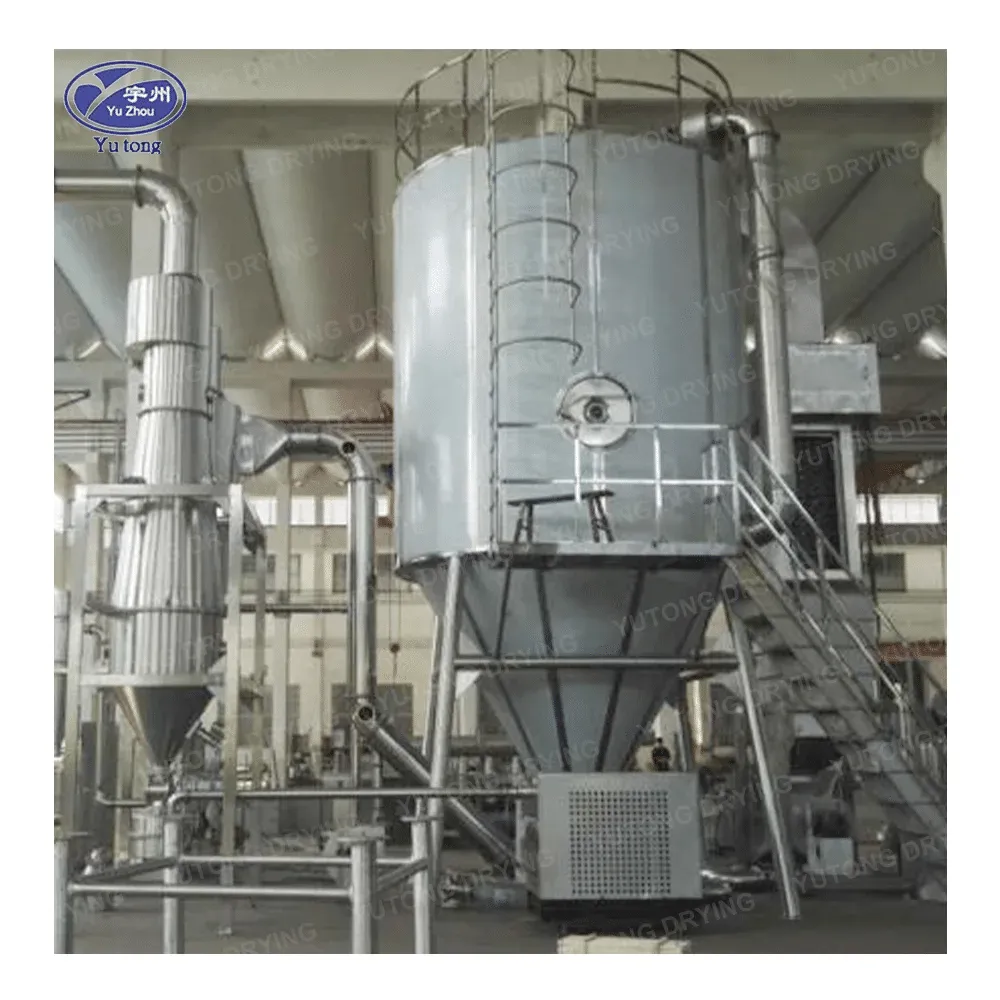In the vast and diverse world of the food industry, spray drying is a crucial process that has revolutionized the way many food products are produced, preserved, and delivered to consumers. Spray drying is a method of transforming liquid or semi-liquid food substances into dry, powdered forms, offering a host of benefits and applications.
At its core, spray drying involves atomizing a liquid food feed into fine droplets and then rapidly drying these droplets with hot air. This process results in the formation of dry powder particles that retain much of the original flavor, aroma, and nutritional value of the food.
One of the primary advantages of spray drying in the food industry is its ability to increase the shelf life of perishable food products. Liquid foods such as milk, fruit juices, and purees are highly susceptible to spoilage due to the presence of moisture and microbial activity. By converting these liquids into dry powders, the moisture content is significantly reduced, inhibiting the growth of bacteria, yeasts, and molds. This延长 the shelf life of the product and makes it easier to store and transport without the need for refrigeration.
Spray-dried food powders also offer convenience to both manufacturers and consumers. For manufacturers, powders take up less space than liquids, reducing packaging and storage costs. They can be easily incorporated into various food formulations, such as instant beverages, baked goods, and baby foods. Consumers, on the other hand, appreciate the convenience of powdered products that can be quickly reconstituted with water or other liquids, providing a quick and easy way to enjoy their favorite foods.
The process of spray drying begins with the selection of the appropriate liquid food feed. This can range from single ingredients such as milk or fruit juice to complex mixtures of multiple ingredients. The feed is then pre-treated if necessary, which may involve filtration to remove impurities, homogenization to ensure a uniform consistency, and addition of stabilizers or emulsifiers to improve the drying process and product quality.
Once the feed is prepared, it is pumped to the atomizer, which is the key component of the spray dryer. The atomizer breaks up the liquid feed into extremely fine droplets, typically in the range of 10 to 100 micrometers in diameter. There are several types of atomizers used in the food industry, including pressure nozzles, rotary atomizers, and two-fluid nozzles. Each type has its own advantages and is selected based on factors such as the viscosity of the feed, the desired droplet size, and the production rate.
After atomization, the droplets enter the drying chamber, where they are exposed to a stream of hot air. The hot air is usually generated by a gas burner, an electric heater, or a steam heat exchanger and is blown into the drying chamber at a high velocity. The temperature of the hot air can range from 150 to 250 degrees Celsius, depending on the type of food being dried. The hot air quickly evaporates the moisture from the droplets, leaving behind dry powder particles.
The drying time of the droplets is extremely short, typically on the order of a few seconds. This rapid drying process helps to preserve the quality of the food by minimizing heat damage and oxidation. As the droplets dry, they shrink in size and become denser, eventually falling to the bottom of the drying chamber or being collected by a cyclone separator.
The resulting powder is then cooled and may be further processed or packaged. Depending on the application, the powder may be sieved to remove any oversized particles or agglomerates. It may also be coated with a protective layer to improve its stability and flowability.
Spray drying is used in a wide variety of food applications. In the dairy industry, it is used to produce powdered milk, whey protein, and infant formula. These powders are highly nutritious and can be easily reconstituted with water to make milk or other dairy products. In the beverage industry, spray-dried fruit juices, coffee, and tea powders are popular for their convenience and long shelf life. In the bakery industry, powdered eggs, milk, and other ingredients are used to simplify production and ensure consistent quality.
For example, consider the production of instant coffee. Coffee extract is first prepared by brewing coffee beans and then concentrating the extract. The concentrated extract is then fed into a spray dryer, where it is atomized into fine droplets and dried with hot air. The resulting coffee powder can be packaged and sold as instant coffee, which can be quickly dissolved in hot water to make a cup of coffee.
In conclusion, spray drying is a highly important process in the food industry. It offers a way to preserve perishable food products, increase convenience, and improve product quality. With its ability to transform liquid foods into dry powders, spray drying has opened up new possibilities for food manufacturers and consumers alike. As technology continues to advance, the spray drying process is likely to become even more efficient and versatile, further enhancing its role in the food industry.

